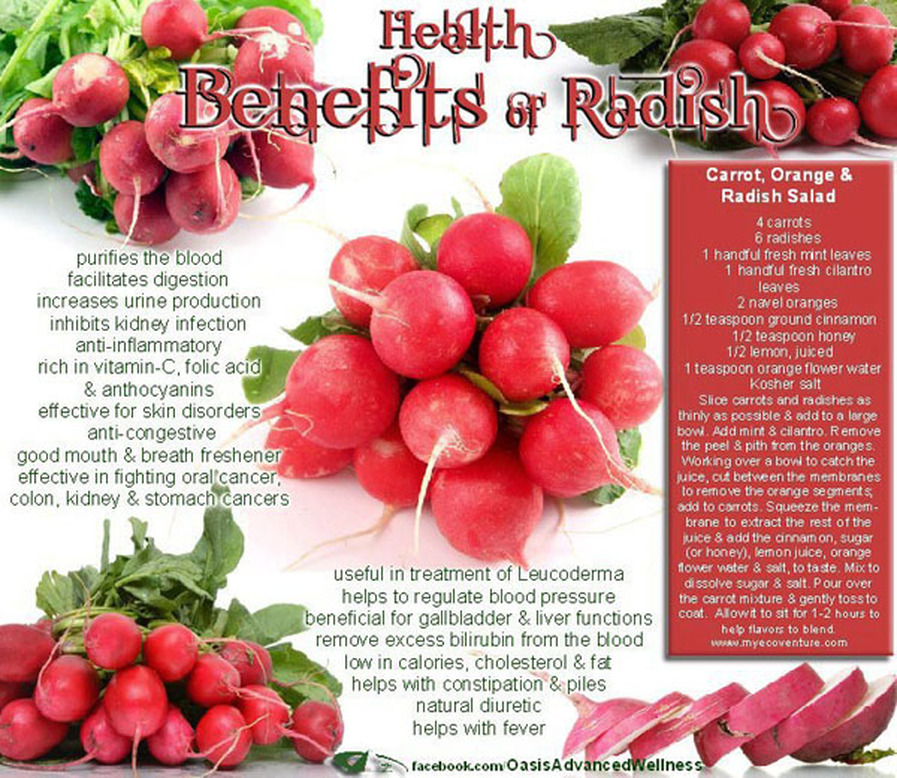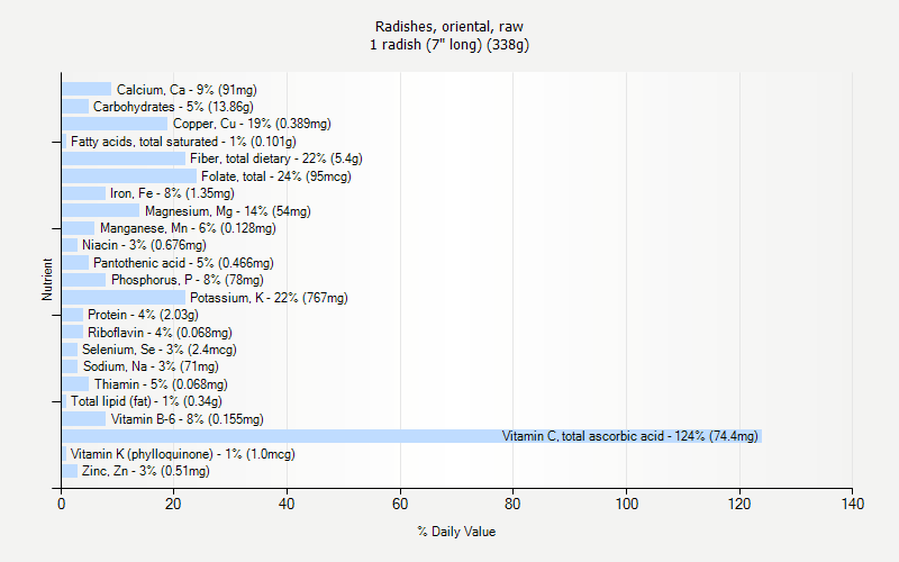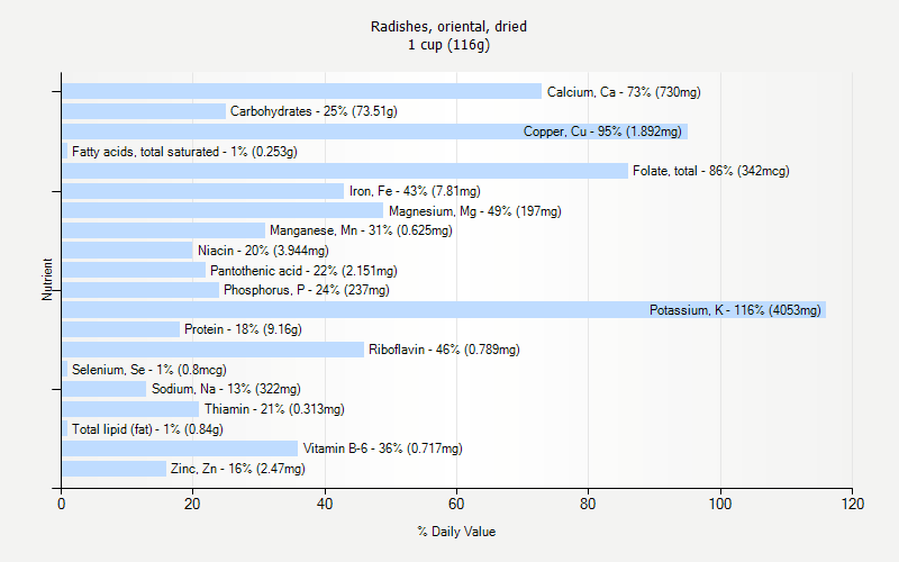
While many vegetables have been pushed upon us at the dinner table as kids, you don’t often hear “eat your radishes honey.” Broccoli, spinach, green beans and asparagus are the more common culprits, but it might be worth adding radishes to the repertoire. As a cruciferous vegetable like broccoli, radishes have a host of health benefits but are typically under-appreciated – pushed around on crudité platters until they’re all that’s left and then drowned in ranch dressing to wash them down.
However, for both their health benefits and amazing array of flavors radishes top our list of foods to start paying more attention to and eating on a daily basis. Especially in the spring and early summer when they grow locally and can be picked at their height of freshness and flavor, radishes should be a staple item in your kitchen.
Beyond the natural zing and satisfying crunch they provide, here are nine reasons to “eat your radishes!”
1. Naturally cooling
Radishes are a naturally cooling food and their pungent flavor is highly regarded in eastern medicine for the ability to decrease excess heat in the body that can build up during the warmer months.
2. Sooth sore throats
Their pungent flavor and natural spice can help eliminate excess mucus in the body and can be especially helpful when fighting a cold. Radishes can help clear the sinuses and soothe soar throats too.
3. Aids digestion
Radishes are a natural cleansing agent for the digestive system, helping to break down and eliminate stagnant food and toxins built up over time.
4. Prevents viral infections
Because of their high vitamin C content and natural cleansing effects, regular consumption of radishes can help prevent viral infections.
5. Eliminates toxins
In Eastern and Ayurvedic healing practices radishes are said to have effective toxin-purging effects, helping break down and eliminate toxins and cancer-causing free radicals in the body.
6. Protects against cancerAs a member of the cruciferous vegetable family (same family as broccoli and cabbage) radishes contain phytonutrients, fiber, vitamins and minerals that are cancer protecting.
7. Relieves indigestion
Radishes have a calming effect on the digestive system and can help relieve bloating and indigestion.
8. Low in calories, high in nutrients
With a very low calorie count, less than 20 calories in an entire cup, radishes are a great way to add nutrients, fiber and tons of flavor to your meals without compromising your health.
9. Keeps you hydrated
With a high water content and lots of vitamin C as well as phosphorus and zinc, radishes are a nourishing food for the tissues and can help keep your body hydrated and your skin looking fresh and healthy all summer long!
Health benefits of radish
- Since ancient times, Chinese believe that eating radish and other brassica group vegetables such as cabbage, cauliflower, and napa would immensely benefit overall health.
- They are are one of very low calorie root vegetables. Fresh root provides just 16 calories per 100 g., nonetheless; they are a very good source of anti-oxidants, electrolytes, minerals, vitamins and dietary fiber.
- Radish, like other cruciferous and Brassica family vegetables, contains isothiocyanate anti-oxidant compound called sulforaphane. Studies suggest that sulforaphane has proven role against prostate, breast, colon and ovarian cancers by virtue of its cancer-cell growth inhibition, and cyto-toxic effects on cancer cells.
- Fresh roots are rich in vitamin C; provide about 15 mg or 25% of DRI of vitamin C per 100 g. Vitamin C is a powerful water soluble anti-oxidant required by the body for synthesis of collagen. Vitamin C helps the body scavenge harmful free radicals, prevention from cancers, inflammation and help boost immunity.
- In addition, they contain adequate levels of folates, vitamin B-6, riboflavin, thiamin and minerals such as iron, magnesium, copper and calcium.
- Further, they contain many phytochemicals like indoles which are detoxifying agents and zea-xanthin, lutein and beta carotene, which are flavonoid antioxidants. Their total antioxidant strength, measured in terms of oxygen radical absorbance capacity (ORAC value), is 1736 µmol TE/100 g.

